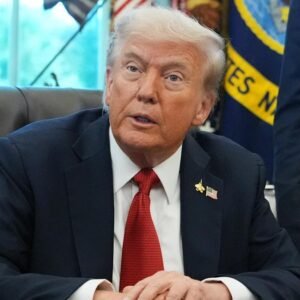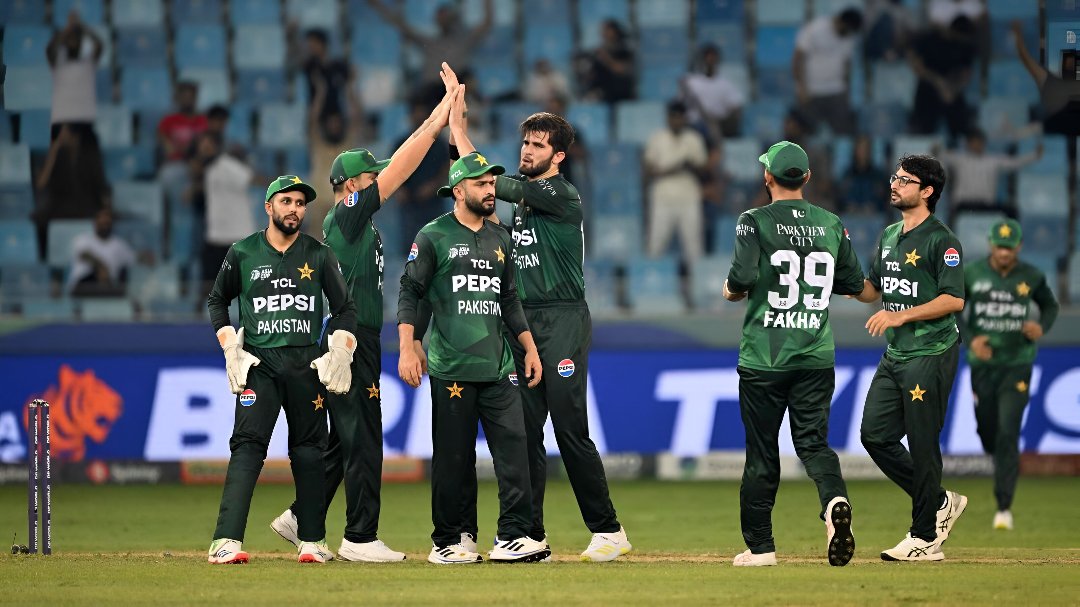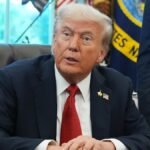For two years, Manipur has lived with scars. Ethnic violence that erupted in 2023 displaced thousands, split communities, and left children growing up in makeshift camps instead of classrooms. On Saturday, for the first time since the conflict began, Prime Minister Narendra Modi set foot in the northeastern state. His first stop: Churachandpur, the epicenter of the unrest.
The images that emerged from that visit were striking. Children—many of whom have spent more than half their young lives in the shadow of violence—finally smiled as they gathered around the country’s leader. For a few moments, the daily struggle of living as internally displaced persons (IDPs) gave way to the rare comfort of being heard and seen.
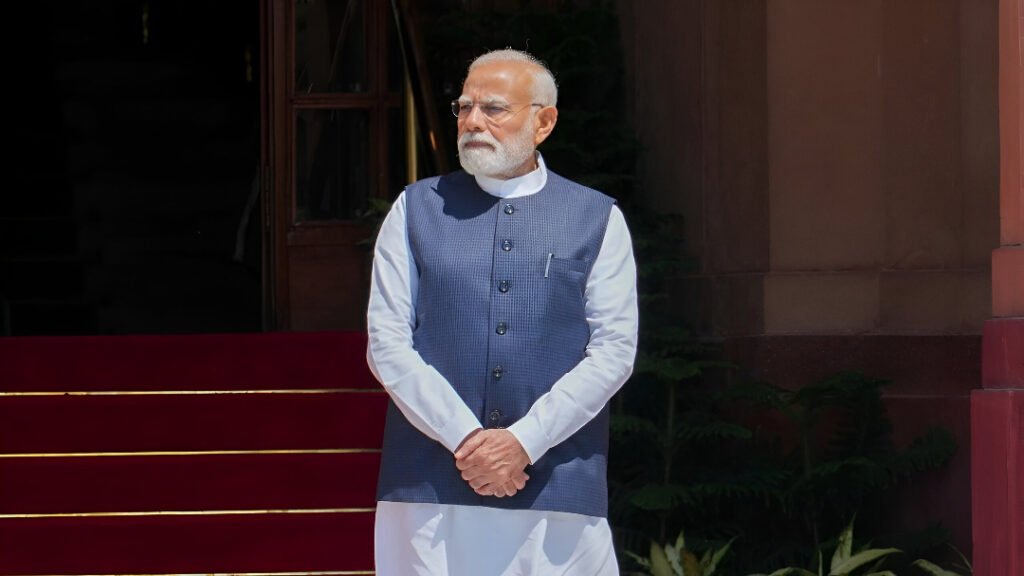
Meeting the Displaced
Shortly after landing, Modi’s first priority was to meet some of these displaced families in Churachandpur. Officials accompanying him said he listened to their stories and reassured them that healing, rehabilitation, and development would be central to his government’s agenda for Manipur.
For many, it wasn’t just about infrastructure or policy announcements. It was about recognition. Recognition that their suffering over the past two years was real and that New Delhi was paying attention.
A Peace Message at Churachandpur
At the Peace Ground in Churachandpur, the prime minister addressed a gathering of individuals. His speech was in favor of the message of peace, calling for forgiveness and oneness in progress. Although news of new projects dominated the headlines, the symbolism of the location—a field literally known as the Peace Ground—was not lost.
The message was unmistakable: rebuilding Manipur is not just about roads, buildings, and technology. It is also about sewing back the fabric of trust that was destroyed.
Development as Healing
Beyond the emotional weight of his visit, Modi also came bearing concrete plans. From Churachandpur, he laid the foundation stone for several major projects:
• Drainage and asset management improvement project worth ₹3,647 crore
• Manipur Infotech Development (MIND) project worth ₹550 crore
Later, in Imphal, he was set to inaugurate the new Manipur Police headquarters at Mantripukhri, built at a cost of ₹101 crore, and a sprawling civil secretariat worth ₹538 crore in the same locality.
Each of these projects, officials say, aims to create jobs, improve governance, and send a strong signal that development will not be held hostage by conflict.
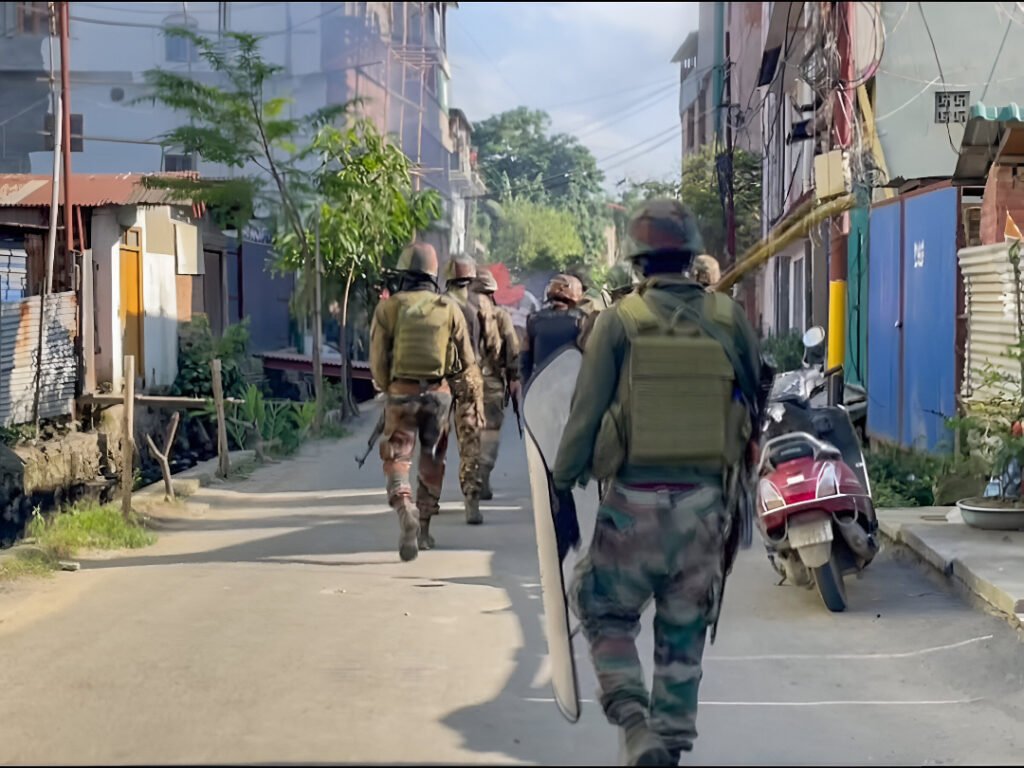
The Kangla Fort Gathering
From Churachandpur, Modi’s schedule took him to Kangla, a site steeped in the history and identity of Manipur. Arriving around 2.30 pm, he again interacted with IDPs before addressing another public gathering.
The choice of Kangla Fort—once the seat of Manipur’s kings—was deliberate. By standing in a place that carries centuries of the state’s heritage, Modi sought to balance tradition with the promise of a modern future.
A Visit Long Anticipated
Although the visit was officially announced just a day earlier, anticipation had been building for weeks. Large billboards went up across the state by Thursday evening, laying out the prime minister’s programs. For many residents, his presence felt overdue but also necessary.
The timing mattered. Following two years of quiet, this wasn’t merely a political visit; it was a symbolic move to restore confidence.
Beyond Politics
Critics might view the visit as political, but for those on the ground—particularly the children who welcomed him—the meaning was more straightforward. It was about being acknowledged after years of turmoil. It was about hope that the future could look different from the past.
Rebuilding Manipur will not happen overnight. No single visit, however high-profile, can erase years of ethnic strife. But in choosing to begin his trip by sitting with displaced children rather than cutting a ribbon, Modi set a tone. Empathy first, development next.
Closing Thoughts
As the prime minister departed from Churachandpur, the visages of the children he encountered stayed in the collective imagination. Their existence has been one of war, yet their strength is a reminder of what is lost.
Infrastructure projects may bring growth. Police headquarters and civil secretariats may strengthen governance. But perhaps the most important foundation stone laid on this visit was less tangible: a foundation for healing.
Manipur’s road to peace is long, but Saturday offered a glimpse of what that first step might look like.

